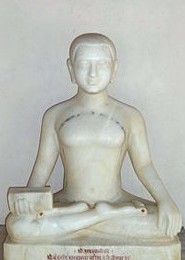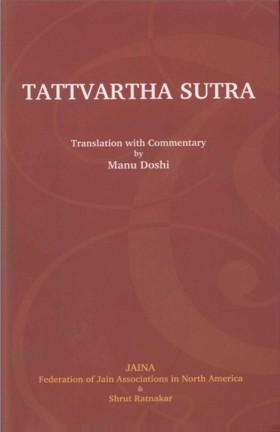It was pointed out earlier that there are two traditions among Jains for dealing with Tattvas (fundamentals). One treats them as seven Tattvas and the other as nine. The former is Digambar tradition, which does not consider Punya and Pap as separate fundamentals and considers them as implicit in Āsrav. The latter is Shwetāmbar tradition, which treats Punya and Pap as separate fundamentals and therefore considers that there are nine fundamentals, which are collectively termed as Navtattva.
Tattvartha Sutra adopts the former approach. As such, after dealing with the first two, viz. Jeev (the sentient being) and Ajeev (insentient matter), it treats Āsrav as the third fundamental. Āsrav means incoming. The term denotes doors though which Karma enters the Pradeshas of a soul. For instance, dirt and other particles of garbage may come in a house through its doors and windows. Those doors and windows can therefore be reckoned as Āsrav for dirt etc.
 Acharya Umaswati
Acharya Umaswati
